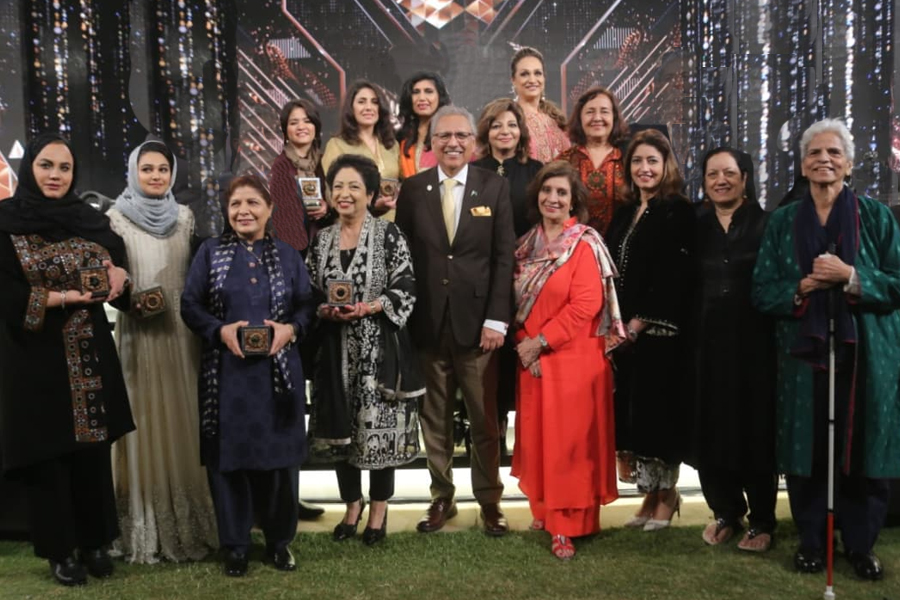- Ageism is a persistent issue in society, affecting women in leadership positions.
- Women face age-related stereotypes and biases in professional and personal settings.
- Overcoming ageism requires education, promoting diversity and inclusion, and providing mentorship and support.
Ageism, a form of discrimination based on a person’s age, is a persistent issue in our society. Unfortunately, women in leadership positions are not exempt from this bias.
Despite their competence and experience, women often face ageism at every stage of their professional journey, as well as in their personal lives.
This article sheds light on the challenges women encounter in leadership roles and beyond, emphasizing the need for greater awareness and inclusivity.
The Stereotypes and Biases
Ageism in Professional Settings
From the moment women step into leadership positions, age-related stereotypes start to emerge. Society often associates leadership with maturity and experience.
However, when a woman assumes a leadership role at a relatively young age, she may face scepticism and doubt. The assumption that youth equates to inexperience can hinder her progress and lead to biased perceptions of her capabilities.
Ageism in Personal Life
Ageism doesn’t restrict itself to professional settings alone; it also seeps into women’s personal lives. Society often places unrealistic expectations on women to maintain a youthful appearance and conform to narrow beauty standards.
As women age, they may encounter judgment, criticism, and diminished opportunities based on societal biases that devalue older women. These stereotypes can affect their self-esteem and limit their personal growth and fulfilment.
Also Read:
Supreme Court Sets Precedent in Landmark Judgment Addressing Workplace Sexual Harassment
The Mid-Career Hurdle
As women progress in their careers, they may encounter another form of ageism—being deemed “too old” or “past their prime.”
This bias stems from societal expectations and stereotypes that diminish the value of older women in leadership. Despite their wealth of knowledge and skills, these women may find themselves overlooked for promotions or opportunities in favour of younger candidates.
The Double Bind
For women in leadership, there is a unique challenge that arises at a certain point in their careers—the double bind of age and gender bias. As they approach middle age, women often face heightened scrutiny and pressure to maintain a youthful appearance to be considered relevant and competent. This unfair expectation places an additional burden on female leaders, further exacerbating the challenges they face.
Overcoming Ageism in Leadership and Personal Life
Education and Awareness
Addressing ageism requires a collective effort. It starts with educating individuals and society about the detrimental effects of age-based discrimination. Awareness campaigns, workshops, and training programs can help dispel stereotypes and foster a more inclusive mindset.
Promoting Diversity and Inclusion
Organizations need to prioritize diversity and inclusion in their leadership teams. By embracing individuals from all age groups, companies can tap into a wider range of perspectives and experiences. Encouraging diversity in age can break down age-related biases and create a more inclusive work environment. Similarly, in personal life, society must value and appreciate women of all ages and challenge harmful stereotypes.
Mentorship and Support
Establishing mentorship and support networks specifically aimed at combating ageism can help women navigate the challenges they face. Seasoned leaders can guide younger women and provide valuable insights, while peers can offer encouragement and understanding.
These initiatives empower women to overcome age-related obstacles and lead fulfilling lives both professionally and personally.
Stay tuned to WOW360.
